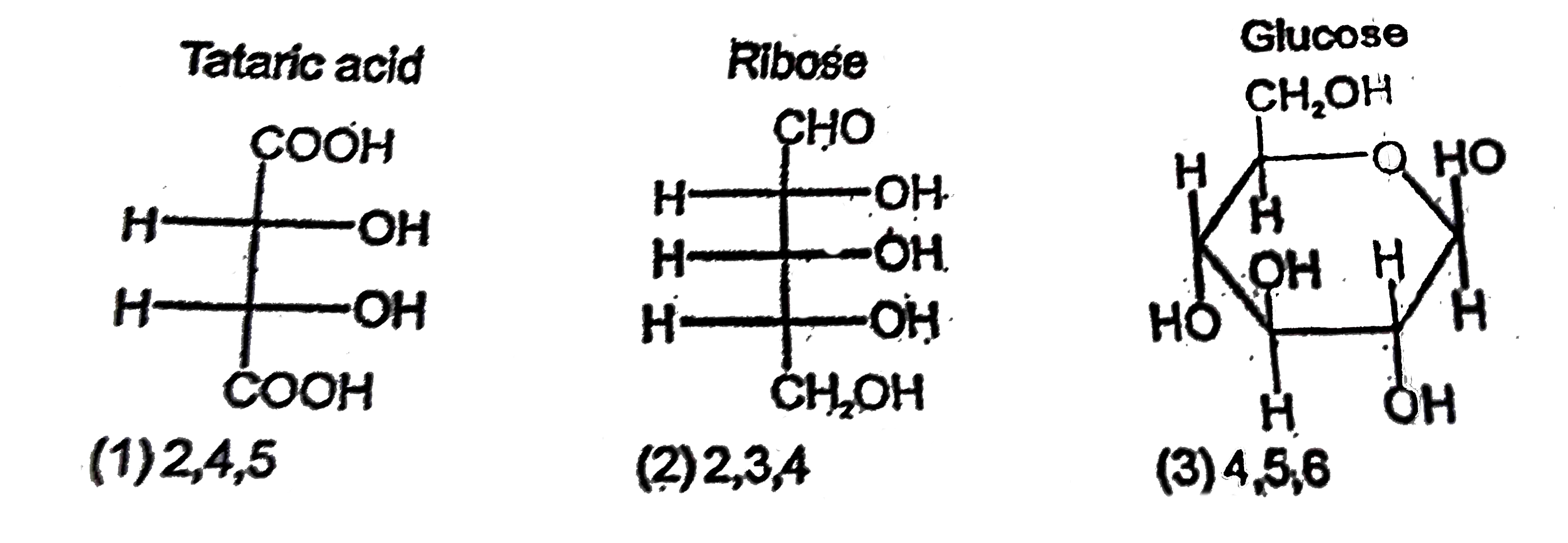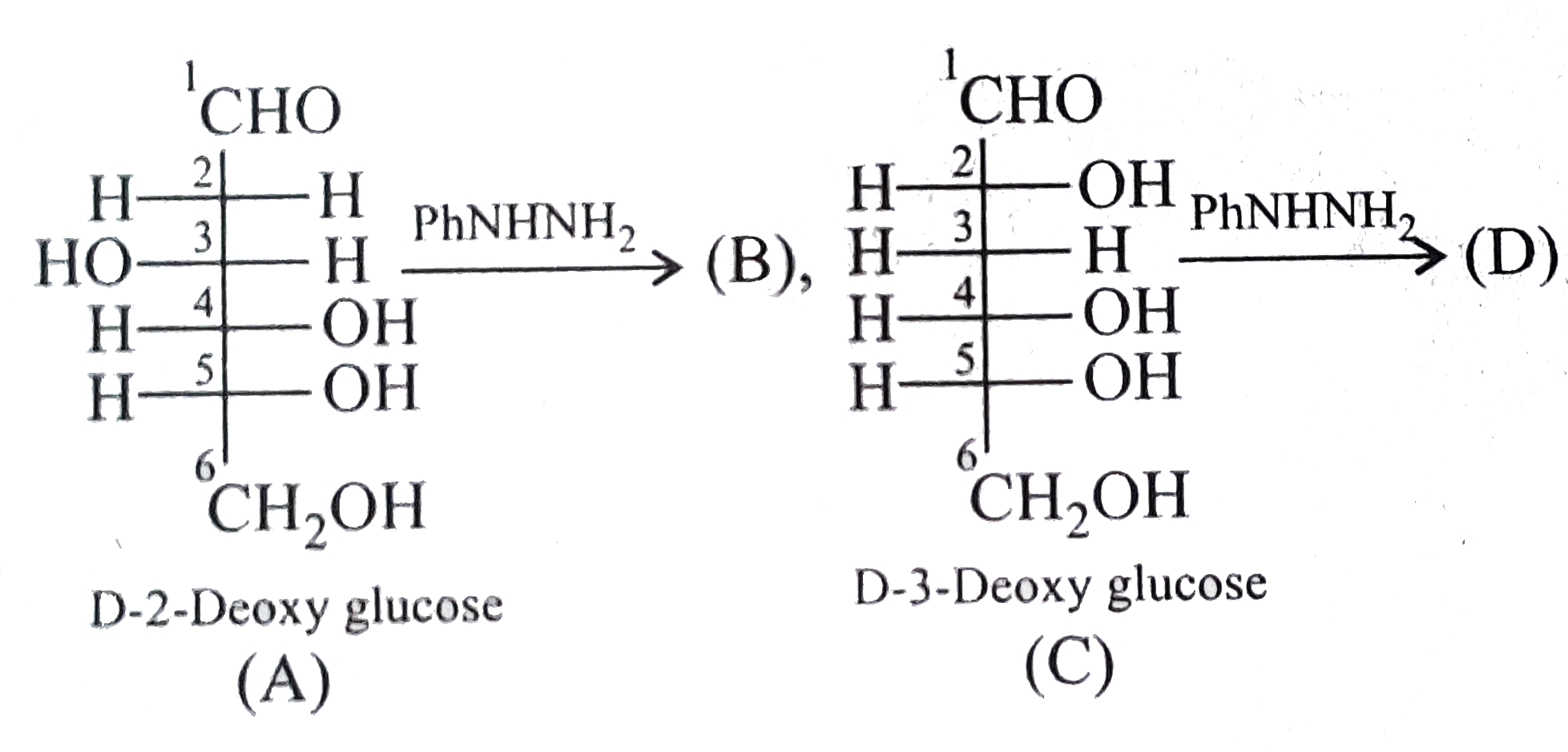The first and second ionisation enthalpies of a metal are 496 and 4560KJmol−1 , respectively. How many moles of HCI and H2SO4 Respectively , will be needed to react completely with 1 mole of the metal of the metal hydroxide ?
1 and 1
1 and 2
2 and 0.5
1 and 0.5
The correct Answer is:D
To solve the problem, we need to determine how many moles of HCl and H2SO4 will react with 1 mole of a metal hydroxide based on the given ionization enthalpies.
Step 1: Understand the Ionization Enthalpies
The first ionization enthalpy of the metal is 496 kJ/mol, and the second ionization enthalpy is 4560 kJ/mol. This indicates that the metal prefers to lose only one electron to achieve a stable oxidation state of +1.
Step 2: Determine the Reaction with HCl
When the metal hydroxide (let's denote it as M(OH)) reacts with hydrochloric acid (HCl), the reaction can be represented as:
M(OH)+HCl→MCl+H2O
From the balanced equation, we see that:
- 1 mole of metal hydroxide reacts with 1 mole of HCl.
Thus, for 1 mole of M(OH), we will need:
- 1 mole of HCl.
Step 3: Determine the Reaction with H2SO4
Now, when the metal hydroxide reacts with sulfuric acid (H2SO4), the reaction can be represented as:
2M(OH)+H2SO4→M2SO4+2H2O
From the balanced equation, we see that:
- 2 moles of metal hydroxide react with 1 mole of H2SO4.
Thus, for 1 mole of M(OH), we will need:
- 0.5 moles of H2SO4.
Final Answer
- 1 mole of HCl is needed.
- 0.5 moles of H2SO4 is needed.
Summary
To react completely with 1 mole of the metal hydroxide:
- HCl required: 1 mole
- H2SO4 required: 0.5 moles
The first ionization enthalpy of the metal is 496 kJ/mol, and the second ionization enthalpy is 4560 kJ/mol. This indicates that the metal prefers to lose only one electron to achieve a stable oxidation state of +1.
When the metal hydroxide (let's denote it as M(OH)) reacts with hydrochloric acid (HCl), the reaction can be represented as:
M(OH)+HCl→MCl+H2O
- 1 mole of metal hydroxide reacts with 1 mole of HCl.
- 1 mole of HCl.
Now, when the metal hydroxide reacts with sulfuric acid (H2SO4), the reaction can be represented as:
2M(OH)+H2SO4→M2SO4+2H2O
- 2 moles of metal hydroxide react with 1 mole of H2SO4.
- 0.5 moles of H2SO4.
- 1 mole of HCl is needed.
- 0.5 moles of H2SO4 is needed.
To react completely with 1 mole of the metal hydroxide:
- HCl required: 1 mole
- H2SO4 required: 0.5 moles
Topper's Solved these Questions
Similar Questions
Knowledge Check
How many moles of KMnO4 will be needed to react completely with one mole of ferrous oxalate (FeC2O4) in acidic solution?
A25B15C35D231 mole of [OH−] is present in how many moles ofH2O ?
A0.1 moleB1dm3C1 moleD0.5 moleHow many moles of BH3 are needed to react completely with 2 mole of 1-pentene in hydroboration-oxidation reaction?
A2 moleB3 moleC2/3 moleD3/2 mole
How many moles of H2O2 will be requried to react completely with 1.5 " mol of "K[Cr(OH)4] (potassium tetrahydroxochromate (I)) in basic medium?
View SolutionHow many moles of acetic anhydride (Ac2O) is needed to react completely with tataric acid, ribose and glucose respectively,

View SolutionWhen 1 mole of PbS reacts completely with H2O2
View Solution
How many moles of PhNHNH2 react with 1mol(A)?
View SolutionCorrect order of first ionization energy of the following metals Na, Mg, Al, Si in KJmol–1 respectively are:
View Solution